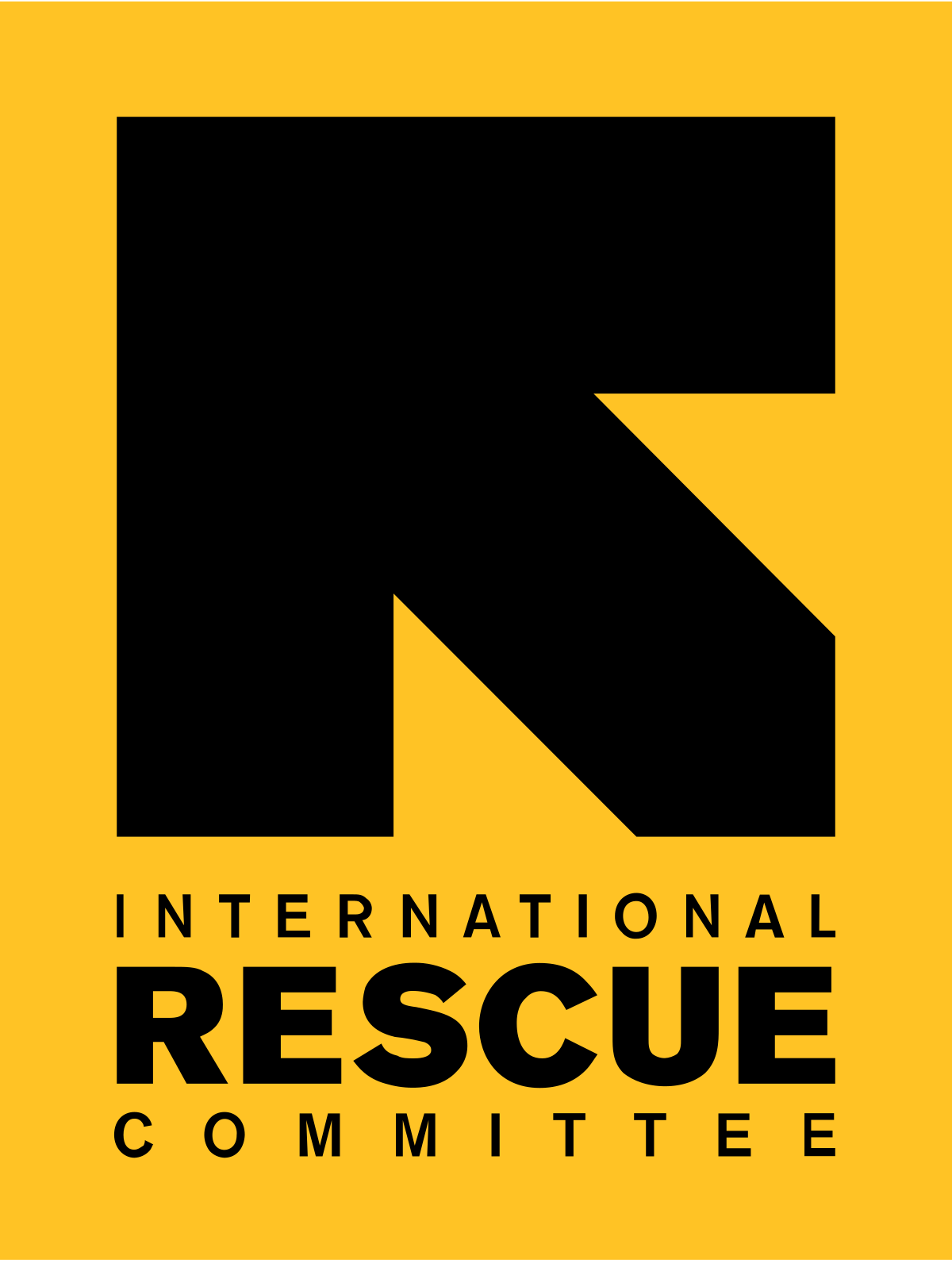About Project 21
Project 21 is a cross-border, inter-agency and regional protection monitoring system. With standardized methodology and harmonized tools, we transform voices of communities affected by displacement, insecurity, and conflict, into informed actions, strategies, and programs.
We partner with 30+ organizations (20+ local and national ones) to collect, analyze, and disseminate protection data. Since 2021, Project 21 monitors have conducted nearly 200,000 community-level consultations in Benin, Burkina Faso, Cameroon, Central African Republic, Chad, Côte d’Ivoire, Mali, Niger and Togo.
 @Project21
@Project21
THE GOAL
Through coherent datasets and joint analyses across the region, Project 21 supports humanitarian, development, and peace actors to effectively address protection risks and needs of the affected populations in the Sahel+ region.

Strengthening coordination and cohesion of protection monitoring

Generating analyses at national and regional level

Supporting evidence-based programming

Strengthening a common narrative and targeted advocacy
How we work
In areas affected by insecurity, the volatile context and dynamics of forced displacement create major challenges for humanitarian actors, particularly in collecting reliable data. Project 21 was established to address these gaps in protection data and analysis.
We operate in most areas affected by forced displacement, as prioritized by the Global Protection Cluster, based on the severity of protection risks and the operational capacity of data collection partners. Using an adaptable and context-sensitive methodology, Project 21 applies a two-stage stratified cluster sampling to identify localities within targeted administrative zones, followed by a random walk approach to select households for interviews.
This flexible approach allows Project 21 to collect large volumes of diverse, regular data even in hard-to-reach areas where few other reliable sources exist. These data enable the analysis of how crises affect the protection environment of displaced and host populations.
By harmonizing tools and coordinating trained partners across different operational contexts, Project 21 ensures that data collection follows common standards—making results comparable, credible, and actionable across the Sahel and beyond.

OUR PARTNERS
Project 21 partnership network
Steering Committee Members







Partners in Data collection and Analysis

















Financial partners











